The Haryana government has abolished rule 134A of Haryana School Education Rules, 2003 which had provisions to reserve 10 per cent of seats of private school for students from Economically Weaker Section (EWS) families but meritorious for classes 2-12 without any education fee. Instead, they have chosen to stick to the Right to Education (RTE) Act which has provisions to reserve 25 per cent seats for students from EWS families and Scheduled Castes in private schools for classes 1-8.
What is the background of the EWS quota in Haryana’s private schools?
The Bhupinder Singh Hooda-led Congress government in 2007 had introduced a new provision to give admission to meritorious children from Economically Weaker Sections (EWS) of the society in private schools. The idea was that at least 25 per cent of the total strength of private schools would consist of students from this quota and they would be provided education free of cost. To make this provision, rule 134 A was incorporated in the Haryana School Education Rules, 2003.
“The burden of these 25 per cent students was to be put on the remaining 75 per cent students of the private schools concerned. We opposed this provision as it was unfair to the other students. Then in 2009, this percentage of 25 was reduced to 10 while removing the clause which put the financial burden on the rest of the students. In fact, the government remained silent on the aspect of financial losses to the private schools because of the admissions under the EWS quota rule,” says Kulbhushan Sharma, the state president of the Federation of Private Schools Welfare Association.
The private schools kept insisting on compensation to them in lieu of admission of the EWS quota students. Then the BJP came to power in Haryana in October 2014. When Ram Bilas Sharma was the state education minister, private schools put this demand in front of him and also observed a three-day strike. Ultimately, Kulbhushan Sharma says, the government agreed to compensate the private schools at the rate of Rs 200-600 per student.
Haryana Education Minister, Kanwar Pal Gurjar, recently informed the State Assembly that under the 134-A Rule, an amount of Rs 70.31 crore has been given to private schools for reimbursement since the academic year 2015-16 till now. However, private schools blame the government for delaying their payment. Kulbhushan Sharma claims that there is an outstanding amount of nearly Rs 1,500 crore which needs to be paid to the private schools.
Why did Haryana decide to opt for RTE?
Private schools had been putting pressure on the state government to reimburse them for the EWS quota and clear their outstanding amount.
However, Gurjar said, “A total of 66,495 students applied for admission under Rule 134-A this year – 55,029 from private schools and 11,466 from government schools. It is clear that most of the students studying in private schools are taking advantage of Rule 134-A, whereas this provision was made for the benefit of poor but meritorious students studying in government schools.”
Officials say that the state government had already adopted the Right to Free and Compulsory Child Education Act-2009, commonly known as the RTE Act.
“The provision of rule 134A was at variance with the RTE Act. In rule 134A, there is a provision of admission for only 10 per cent of total students while the RTE Act has a provision for 25 per cent. So, one of the two provisions had to be corrected. That is why 134A was dropped,” a senior officer said.
Why is Congress opposing abolishing Rule 134A?
As per Rule 134A, there was a provision for admission of meritorious students in any private school in classes 2-12 on the basis of an academic test.
Haryana Congress president Kumari Selja says, “After the introduction of the RTE Act, the students will not have the option to choose a better private school, they would have to take admission in the private school situated in their neighbourhood. They will also not be able to take admission in a private school under the RTE act if they are seeking admission for classes 2-12 as the provision is only for only class 1 or nursery. This provision will collapse the hopes of poor children for better education even after clearing an academic test. The government should withdraw this decision immediately.”
source: the Indian express


